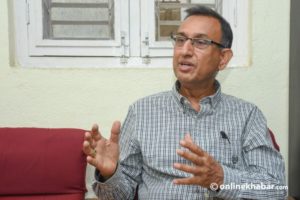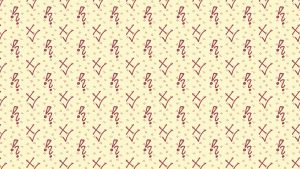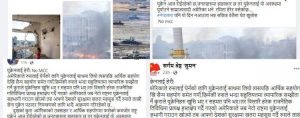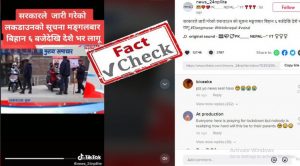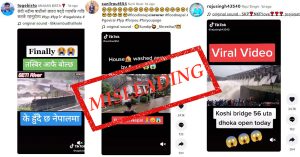Do you think you know Nepal? It might be surprising to know that you have learned false information about the country where you have lived in. After all, you went through so many books to mug up multiple facts about the country.
And, since your teachers taught you, you never bothered to cross-check whether it is right or wrong either. But, now, it is time that you question some of the information and facts that you were taught wrong.
Here are some of the facts to relearn from your school times.
1. Daura suruwal, Dhaka topi and gunyu choli are not the national dresses

It might be surprising to you to know that daura surwal and Dhaka topi and gunyu choli are not the national dresses of Nepal as you imagine the ensemble to be a true Nepali attire. Of course, they are the traditional attire of Nepal, but not “the national dress” for now. Of course, they were believed to be the national dress in the past, they were removed from the status after Nepal became a federal republic in 2011.
But, they are still the attire worn by some communities of Nepal, like the Khas Aryas, and are popularly considered official dresses of the country.
2. Kabaddi is not the national game, neither is dandi biyo

Many of you have been taught that your national game is kabaddi. Although kabaddi may be one of the most loved and played games by Nepali people as a pastime or as a competition, it is not the national game of Nepal. Besides this, some of you were also taught that dandi biyo, a game which is played by striking two sticks, was the national game. This is also false.
Volleyball is the national game of Nepal, as declared in May 2017.
3. There are only 4 World Heritage sites in Nepal
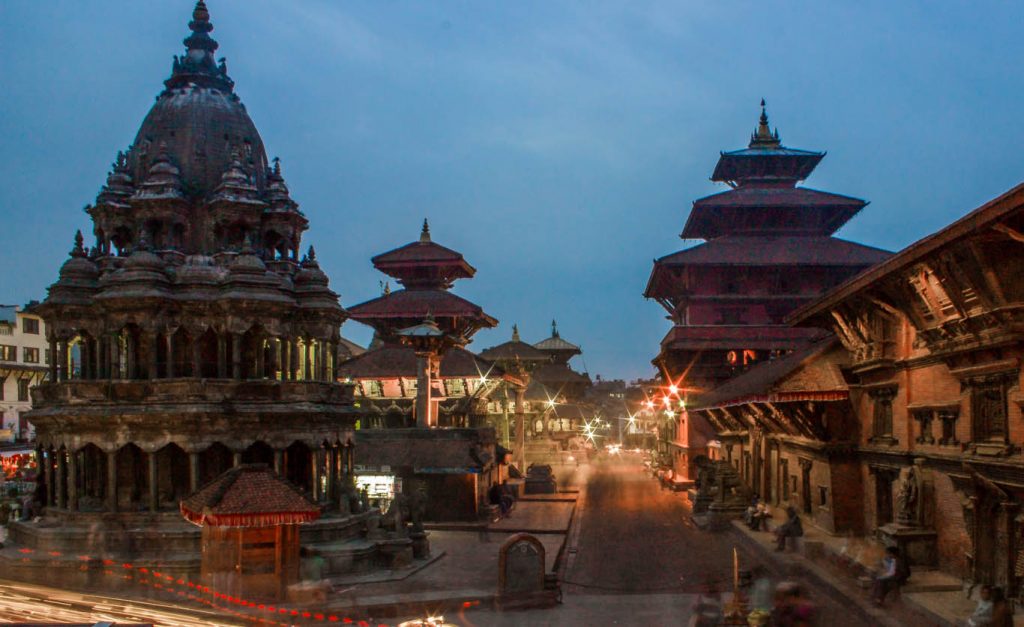
In school, you all are taught that there are seven World Heritage sites in the Kathmandu valley, and three others outside the valley. But, the fact is that the United Nations Education, Scientific and Cultural Organisation (UNESCO) has listed only four sites as World Heritage sites from Nepal: the Kathmandu valley, Lumbini, Chitwan National Park and Sagarmatha National Park.
This means all three Durbar Squares, Pashupatinath temple, Swoyambhu Stupa, Bouddha Stupa and Changunarayan that you were taught as different heritage sites only count as the one single World Heritage site.
4. Neither momo nor dal-bhat is national food

As much as you would like to believe, the hard truth is momo is not your national food. Even though nationally, or even internationally, people might think momo is an identity of Nepal and Nepali food, momo still does not hold the title officially. It is one of the most loved food items in Nepal, but it is not Nepali food and is originally from Tibet.
Now, you might question if not momo, what is your national food? You might think dhindo, gundruk or dal bhat is the national food, but again you would be wrong. They are only traditional authentic local Nepali food items because officially, there is no Nepali food as of today.
5. Mount Everest is not the tallest mountain on earth
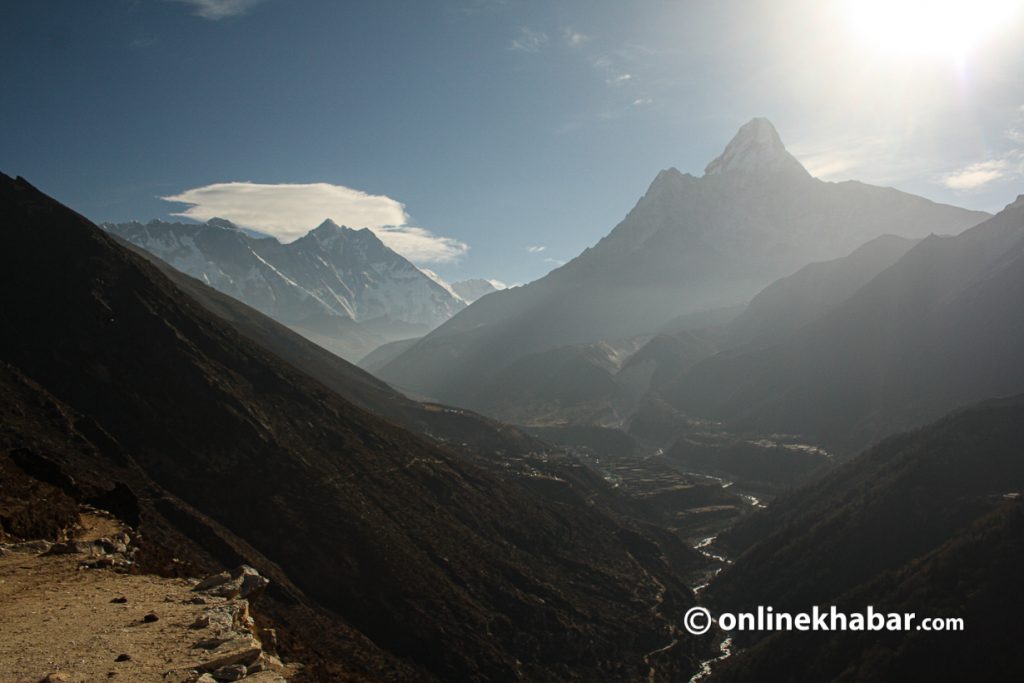
Mount Everest is the tallest mountain in the world, you all have learned this, repeated it and proudly boasted for being the country situated in the lap of Mount Everest. While it is partially true, you might want to get a few more facts right here.
Before you get enraged, let us clarify here that Mount Everest is not the highest mountain on earth but it is the highest mountain on earth that is above sea level, standing tall at 29031.69 feet (8,848.86 metres). But, technically, if you consider the height of mountains from their base to peak, Mauna Kea is the tallest mountain on earth with a height of 9,966 metres (32,696 feet). Mauna Kea is a dormant volcanic mountain that originates deep beneath the Pacific Ocean, this is why one can only see 4,207.3 metres of it above sea level.
Mount Everest is also not the highest point from the earth’s centre. You all know that the earth is not a perfect sphere, it is a bit thicker at the equator due to the centrifugal force created by the planet’s constant rotation. Due to this, from different points, different mountains are the tallest. And, in this regard, the highest point from the earth’s centre is not Mount Everest but the peak of Ecuador’s Mount Chimborazo with a height of 6,268 metres (20,564 ft) above sea level, It is located just one degree south of the equator where the earth’s bulge is greatest. This also makes Mt Chimborazo the closest point on earth to the stars.
6. Bhimsen Thapa was not the first prime minister

In schools, you were taught that Bhimsen Thapa was the first prime minister of Nepal. Despite attempts of correction, people still consider him as the first prime minister of Nepal. But, the fact is he was not the first prime minister as he has never held the position of premier.
Technically, Bhimsen Thapa was a mukhtiyar, a leader of the military troop or commander-in-chief. But many (mis)translate ‘mukhtiyar’ to be equivalent to the prime minister in terms of duties and position, due to the influence of British writers and the intervention of the international political powers.
But again, Bhimsen Thapa was also not the first mukhtiyar either; he was the second person to hold that title after King Rana Bahadur Shah.
7. Dharahara in Sundara is the not first one

Many of you learned in schools that Bhimsen Thapa built Dharahara in Sundhara. For the longest time, many believed that it was the first and only Dharahara Thapa had built. But, there was another Dharahara before it. Bhimsen Thapa built older Dharahara in 1824 (1881 BS) at his residence, Janarala Bagh, which is located southeast of Dharahara you know, near Botebahal of Kathmandu. It got collapsed in half in the 1834 earthquake and was never built.
8. Pratap Malla did not start Gai Jatra

For a long time, you learned that Gai Jatra, one of the famous festivals of the Newa community, was started by Pratap Malla to console his grieving queen. But, there is not much information to confirm that the festival was celebrated by the 17th century of the king of Kantipur.
Historian and writer Gautama Vajra Vjracharya said that Pratap Malla was not the one to start the Gai Jatra. It is argued that during the 17th century, every good deed was associated with the monarch and, this festival was another such example only. Historian Dinesh Raj Pant also adds Pratap Malla could not have been the one to start the festivals as Gai Jatra is celebrated more vigorously in Patan and Bhaktapur than in Kathmandu, his kingdom.
9. Swasthani Brata Katha was first written in Nepal Bhasa

Swasthani Barta Katha is very familiar to many of you. For a month, women and men take fast and follow all the rituals strictly complete reading Swathani Barta Katha. For a long time, it has been popular in the Nepali language and, hence, thought to be an original Nepali scripture. But it has been learned that it was first written in Nepal Bhasa, as early as 693 Nepal Sambat or around 1573 AD by Jayanta Dev. But, from the early 19th century only, you see Nepali versions of Swasthani, which coincides with the rise of Shah rulers in Kathmandu with the influence of the British Empire in India.








